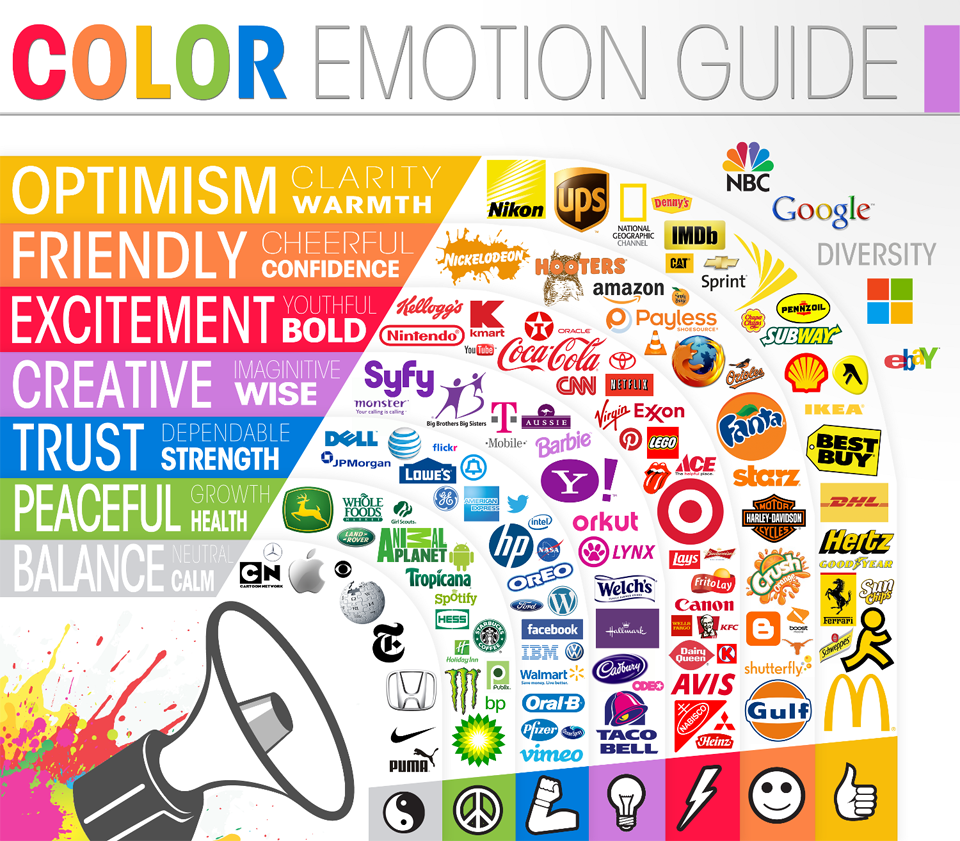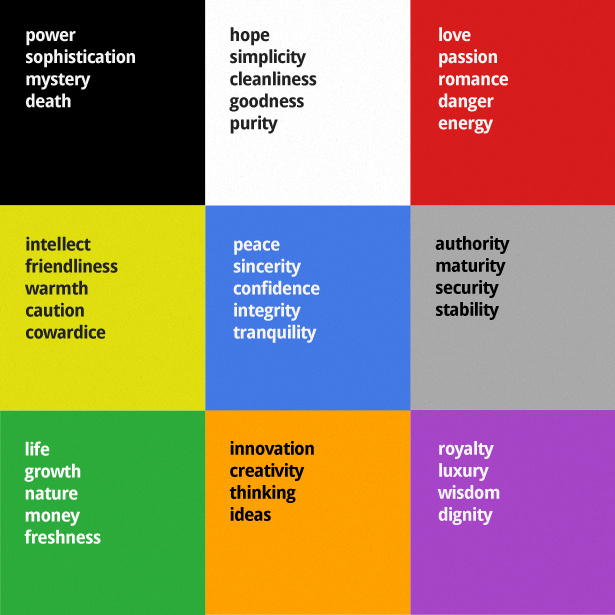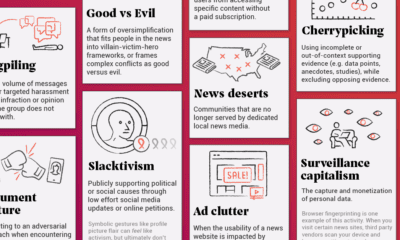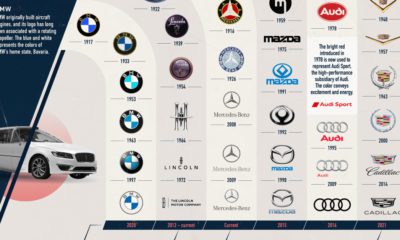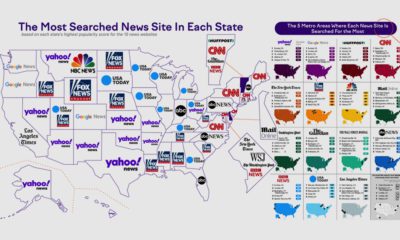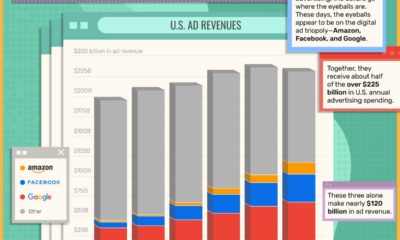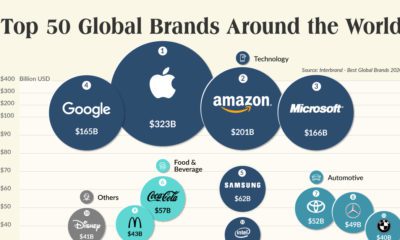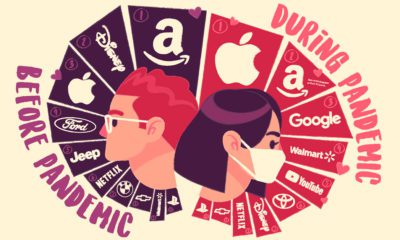For many investors and analysts, this area of marketing seems fluffy and intangible, which makes it very hard to measure any potential benefits. While it’s true that quantifying intangibles is not always easy or accurate, it doesn’t mean that branding has no value to begin with. In this way, branding may be comparable to the concept of “leadership” in sports. Athletes like Mark Messier, Michael Jordan, Ray Lewis, Mia Hamm, and Steve Yzerman weren’t just good players from a technical perspective, but they also had intangible qualities that elevated the performances of their respective teams. While it is hard to measure work ethic, passion, leadership, drive, and loyalty, or how these qualities rub off on teammates, it’s still clear to many coaches and managers that intangibles help win championships. Like leadership, we know good branding when we see it, even though it can be tough to quantify. Coca-Cola is recognizable and nostalgic, while the Starbucks name may be the difference in choosing their cafe over an average-looking coffee shop in an unfamiliar neighborhood.
The Psychology Behind Logo and Color Choice
Logo and color choice are two of the most important parts of creating a quality brand. Today we have two infographics from The Logo Company. One shows the five major forms of logos, while the other dives into the meaning behind color choices. We’ll add some commentary on the implications of logo and color choice in of the areas below.
Companies cannot control the actual emotional responses to their brand on a personal level, but they can do their best to control shape, style, and color to at least guide these interpretations. In fact, our brains are hardwired to learn and memorize new shapes, so the way a logo is presented can have a big impact on its effectiveness. The five major types of logo forms – brand marks, word marks, letter marks, combo marks, or emblems – are a way to control shape and identity. Word marks, for example, have the name of the company in the logo itself without any imagery. This helps achieve brand recognition, while the lack of accompanying graphics may convey a sense of sophistication to consumers. Using just initials in a letter mark can show even more sophistication. Leading luxury consumer brands such as Louis Vuitton or Chanel have used this with much success. On the opposite end of the spectrum, some companies use just a brand mark to convey a sense of universality. Even though “Shell”, “Apple”, and “Nike” are not spelled out in name, their famous icons are known throughout the world. The Nike swoosh conveys movement, while the World Wildlife Fund can tell a powerful story just by using the famous panda in its brand mark. Target is another instantly recognizable brand mark. The simplicity and circular shape are key elements to the design, but the bright red color also plays a role. Here’s a guide to how color can evoke different emotions in consumers:
One step further, here is another version with a little more nuance, from Web Designer Depot.
Of course, colors can and do get interpreted in different ways. However, they can also have the power to represent broad ideas for cultural or evolutionary reasons. In a previous post on the psychology of color, we dive into this in more depth. For example, it explains why the color red stimulates appetite, or why blue brings a sense of productivity and efficiency.
on Even while political regimes across these countries have changed over time, they’ve largely followed a few different types of governance. Today, every country can ultimately be classified into just nine broad forms of government systems. This map by Truman Du uses information from Wikipedia to map the government systems that rule the world today.
Countries By Type of Government
It’s important to note that this map charts government systems according to each country’s legal framework. Many countries have constitutions stating their de jure or legally recognized system of government, but their de facto or realized form of governance may be quite different. Here is a list of the stated government system of UN member states and observers as of January 2023: Let’s take a closer look at some of these systems.
Monarchies
Brought back into the spotlight after the death of Queen Elizabeth II of England in September 2022, this form of government has a single ruler. They carry titles from king and queen to sultan or emperor, and their government systems can be further divided into three modern types: constitutional, semi-constitutional, and absolute. A constitutional monarchy sees the monarch act as head of state within the parameters of a constitution, giving them little to no real power. For example, King Charles III is the head of 15 Commonwealth nations including Canada and Australia. However, each has their own head of government. On the other hand, a semi-constitutional monarchy lets the monarch or ruling royal family retain substantial political powers, as is the case in Jordan and Morocco. However, their monarchs still rule the country according to a democratic constitution and in concert with other institutions. Finally, an absolute monarchy is most like the monarchies of old, where the ruler has full power over governance, with modern examples including Saudi Arabia and Vatican City.
Republics
Unlike monarchies, the people hold the power in a republic government system, directly electing representatives to form government. Again, there are multiple types of modern republic governments: presidential, semi-presidential, and parliamentary. The presidential republic could be considered a direct progression from monarchies. This system has a strong and independent chief executive with extensive powers when it comes to domestic affairs and foreign policy. An example of this is the United States, where the President is both the head of state and the head of government. In a semi-presidential republic, the president is the head of state and has some executive powers that are independent of the legislature. However, the prime minister (or chancellor or equivalent title) is the head of government, responsible to the legislature along with the cabinet. Russia is a classic example of this type of government. The last type of republic system is parliamentary. In this system, the president is a figurehead, while the head of government holds real power and is validated by and accountable to the parliament. This type of system can be seen in Germany, Italy, and India and is akin to constitutional monarchies. It’s also important to point out that some parliamentary republic systems operate slightly differently. For example in South Africa, the president is both the head of state and government, but is elected directly by the legislature. This leaves them (and their ministries) potentially subject to parliamentary confidence.
One-Party State
Many of the systems above involve multiple political parties vying to rule and govern their respective countries. In a one-party state, also called a single-party state or single-party system, only one political party has the right to form government. All other political parties are either outlawed or only allowed limited participation in elections. In this system, a country’s head of state and head of government can be executive or ceremonial but political power is constitutionally linked to a single political movement. China is the most well-known example of this government system, with the General Secretary of the Communist Party of China ruling as the de facto leader since 1989.
Provisional
The final form of government is a provisional government formed as an interim or transitional government. In this system, an emergency governmental body is created to manage political transitions after the collapse of a government, or when a new state is formed. Often these evolve into fully constitutionalized systems, but sometimes they hold power for longer than expected. Some examples of countries that are considered provisional include Libya, Burkina Faso, and Chad.

